America is the land of the free and home the brave. We are a melting pot of diverse peoples from every corner of the world. The beauty of our populous stems from our dynamic multi-cultural and multi-ethnic uniqueness that is so wonderfully married together with each other’s. Have you looked around your classroom, neighborhood, or community lately? If you have, you might have recognized that the people with whom you interact everyday have varying backgrounds and stories, each unique and interesting in it’s own right. Why not encourage your students to explore these differences by learning more about their own background and origins? Perhaps you too would like to learn about your own family history along with the class.
Here is an exercise you might like to share with your students:
- Encourage your students to find some time to sit down and speak with their parents, or another older family member regarding their country of origin. It is surprising to see just how many of the world’s continents (Africa, Asia, Europe, Australia, North America, South America, and even Antarctica) are represented in our community. Furthermore, it is exciting for young people to learn about their own origins. Interviewing a family member is one way to gain knowledge and a greater understanding of their family’s origins and culture.
- There are many people who believe that as Americans we should do away with cultural differences and become just like the guy (or gal) next door. Suggest that as your students speak to their elders, they try to find out about the family traditions that reflect that culture and part of the world.
- Lead your students to ask these family members to help them understand why it is so important that they maintain these traditions. They can use these conversations to learn as much about their family background as possible and maybe even journal the information or present a report.
- As they learn more about their traditions, another great question for your students to ask is how and why these traditions may or may not have changed since coming to America.
Once your students have talked to their family members and learned more about where their family came from, and what unique cultural habits are practiced in the family, we are sure they will want to learn more. Diversity is beautiful and by definition it embraces differences and uniqueness. The library has thousands of books with a plethora of information on the many people groups and cultures of the world. We encourage you to help your students find books on their specific culture and learn more about the who, what, and whys of that people group. Set aside some time during class for them to learn about their classmates’ countries of origin, history, and how it has changed over time. This might even be a great time to talk to your students about the benefits of speaking to their family about planning a trip to visit their country of origin.
Learning about one’s background and culture is a great way to understand yourself and community better. As you and your students educate yourselves on your history, you’ll all be able to share that information with your friends, and they with you. Getting to know more about your neighbors and friends will go a long way toward helping you and your students understand and live peaceably together. Diversity is beautiful, and part of that beauty is the mosaic cooperation of the peoples as we become one America.

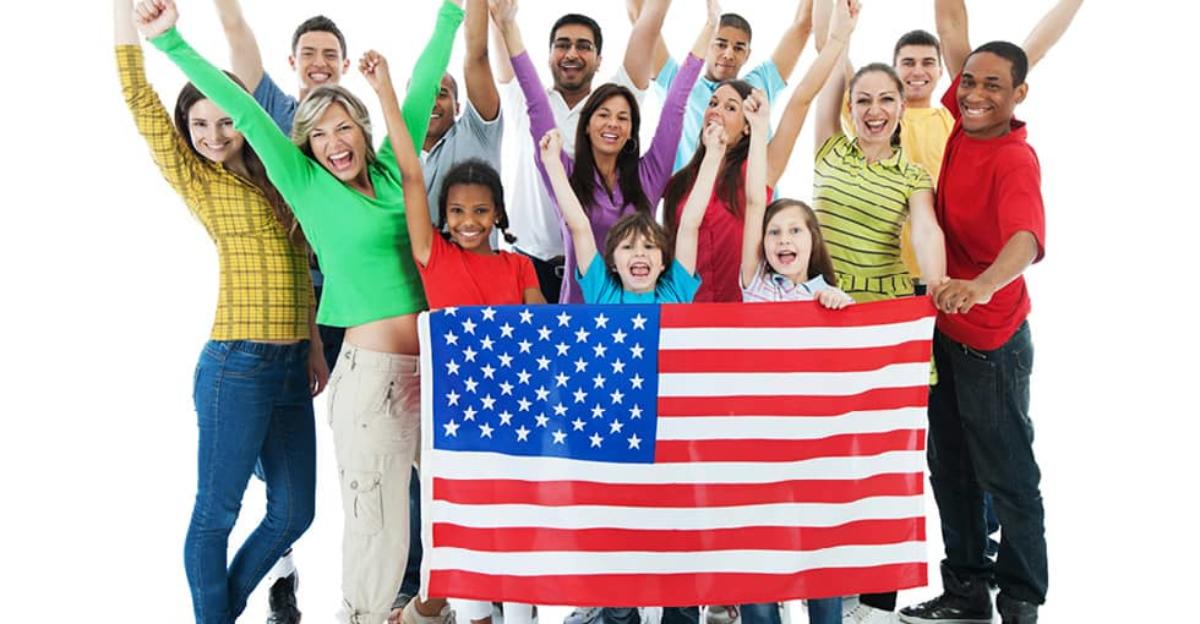
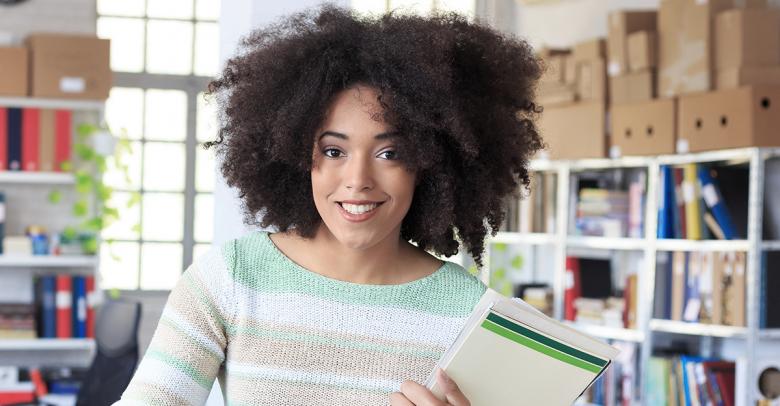
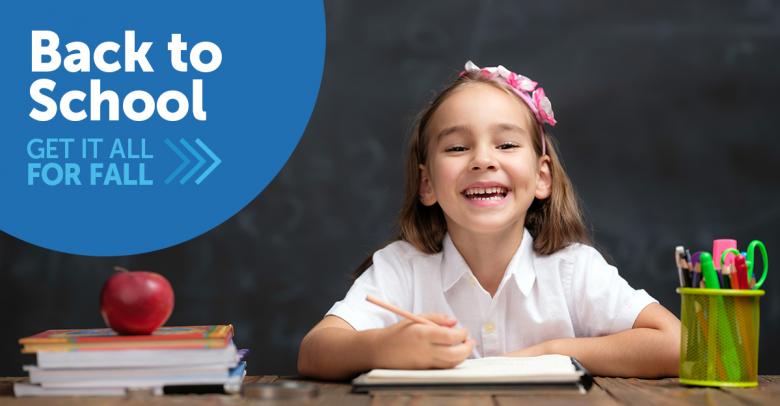
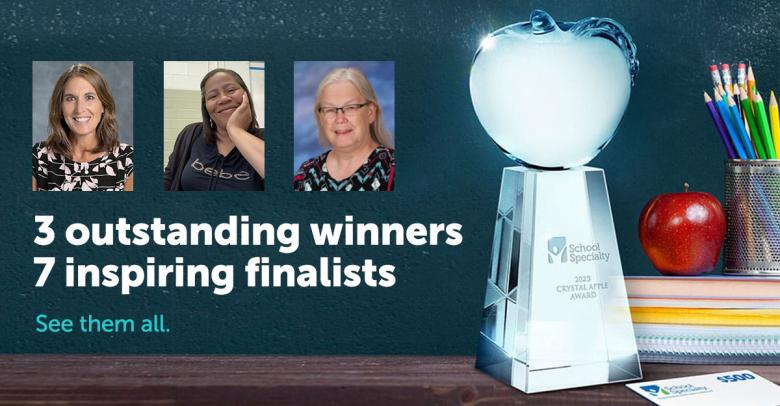
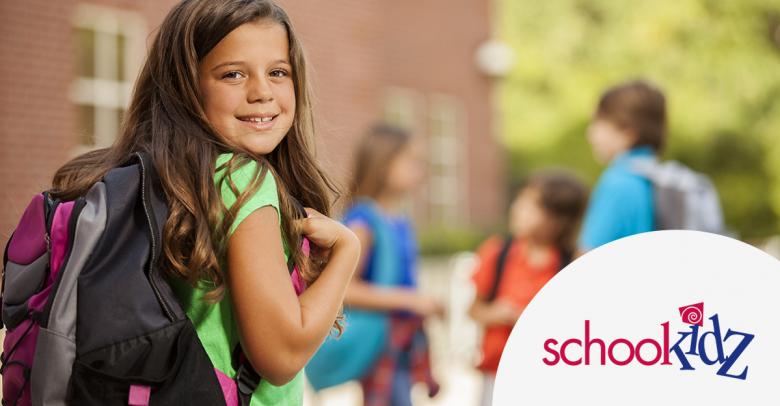
Leave a Reply